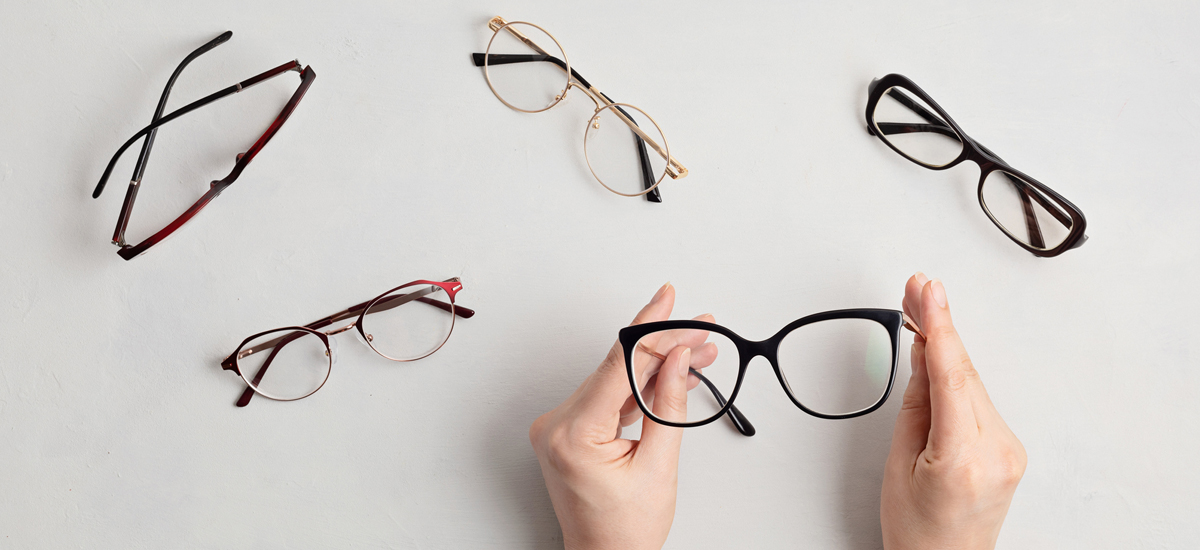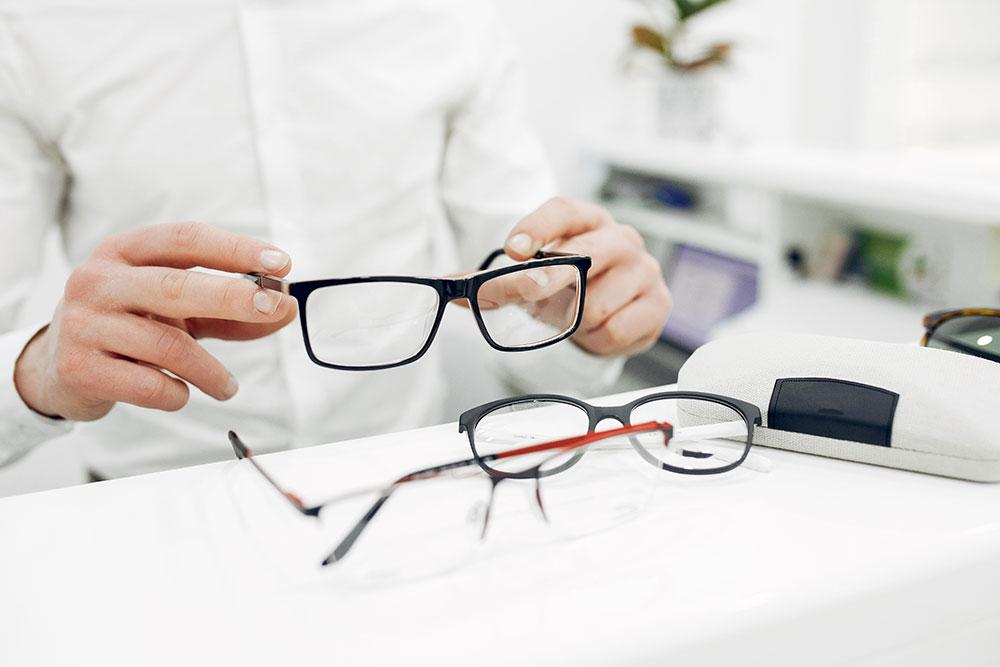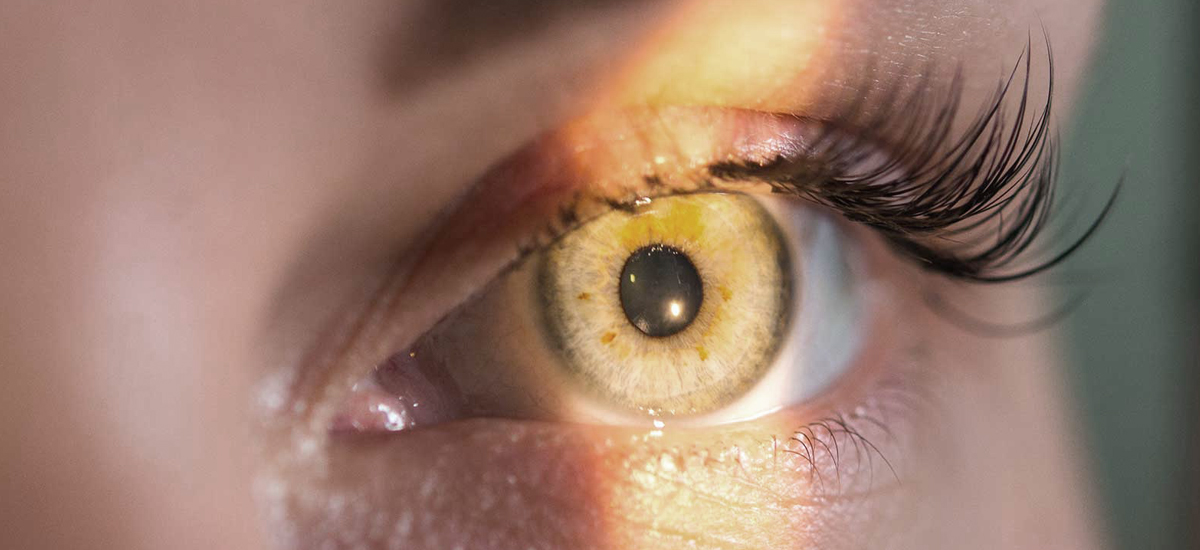How Are Glasses Sized?

Wearing the right size of glasses can be the difference between you wearing them all the time or not at all. Eyewear that fits your face is more comfortable and more flattering on your features.
But how do you know if your new specs are correct? Let’s take a look at how glasses are sized to help you assess whether you have the right frames and lenses or if it’s time to make a trip to your local For Eyes to find some new ones.
How are glasses sized?
If you’re wondering how glasses are sized, know that you’ll want to have the proper dimensions for your face. An eye specialist will take a close look at the lenses, nose bridge, and temples to ensure they fit.
Your glasses should not be too large or small for your face. If you have children, this is especially important to note, as they may remove the eyewear if it’s too loose or feels tight and uncomfortable.
Glasses temples should also be long enough to extend to and curve at the ears.
As for the nose bridge, it should feel tight against your nose with a little room above to prevent the glasses from slipping. Adjustable nose pads are a great option if this area is too narrow.
Knowing how the numbers on your glasses’ frames work and the corresponding dimensions of your face can help make the sizing process easier.
What are the numbers on your glasses’ frames for?
Take a look at the temples and bridge of your eyewear. On one of those, you’ll notice millimeters (mm), which detail the size of your glasses.
Here are some things to note about these numbers on your glasses’ frames:
- You’ll first want to look at the size of the lenses to ensure they’re large enough for your face. There’ll be two numbers between 40mm to 62mm.
- The next thing to search for is the size of the nose bridge. It’s often between 14mm to 24mm.
- Finally, you’ll observe how long the temples are from the hinges to the end of the eyewear. This part often consists of three numbers between 120mm to 150mm.
When you’re checking these values, you may notice other numbers on your glasses’ frames. If they fall outside of the three value ranges mentioned above, they’re most likely indicators of cosmetic details, such as the model.
The best way to shop for glasses that fit your face is to meet with an eye specialist at your nearest optical store. Our team will handle all of the sizings so that you can focus on finding the perfect style of frames.
However, if you can’t make it into a store just yet, we encourage you to measure your eye area, nose bridge width, and from the side of the eye area to behind your ears to give you a relative idea on what size of glasses you’ll need.

Summary: How can you ensure your glasses are the right fit?
For those who wish to know how to measure your face for glasses’ frames, it’s essential to understand the numbers on glasses’ frames. Look for three sets of numbers with the following values:
- 40mm to 62mm
- 14mm to 24mm
- 120mm to 150mm
These numbers indicate the size of the eye area, nose bridge, and temples. Knowing these measurements is critical to learning the answer to ‘How are glasses sized?’, as having too much or insufficient space in specific areas can impact how your eyewear fits.
Your glasses should always feel comfortable on your face without a lot of wiggle room. If you’re shopping for glasses for your child, this is even more important.
Have your child try on several pairs at your nearest For Eyes to find the best fit. Our eye care team is here for you and your family.
Shop at For Eyes for your next pair of glasses
Show off your unique style and browse our wide variety of frames from your favorite brands for men, women and kids. Stop by your local For Eyes or order online at your convenience.











